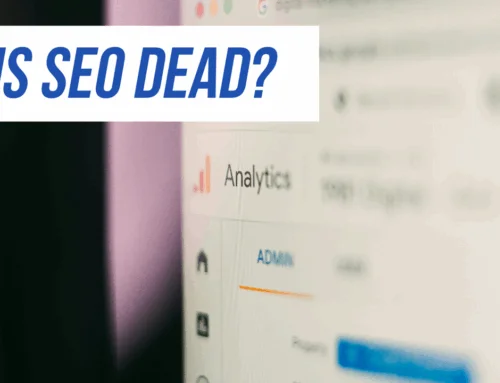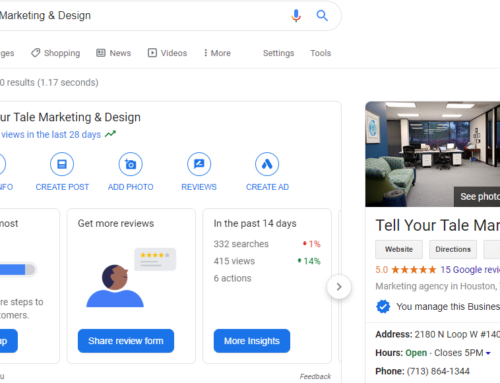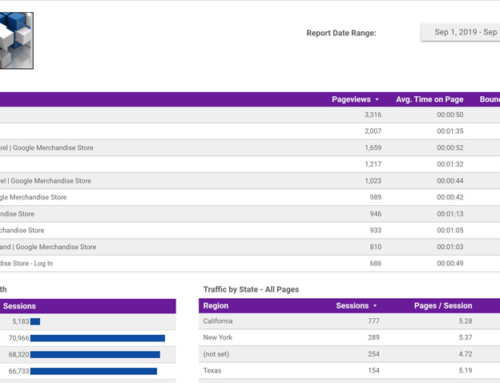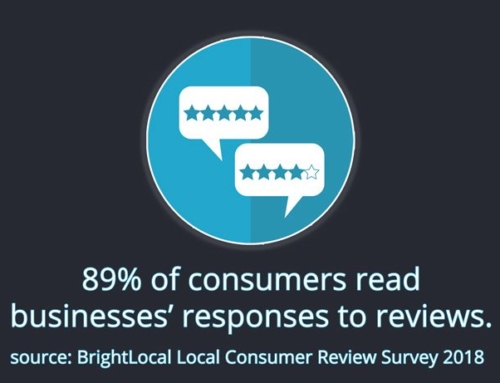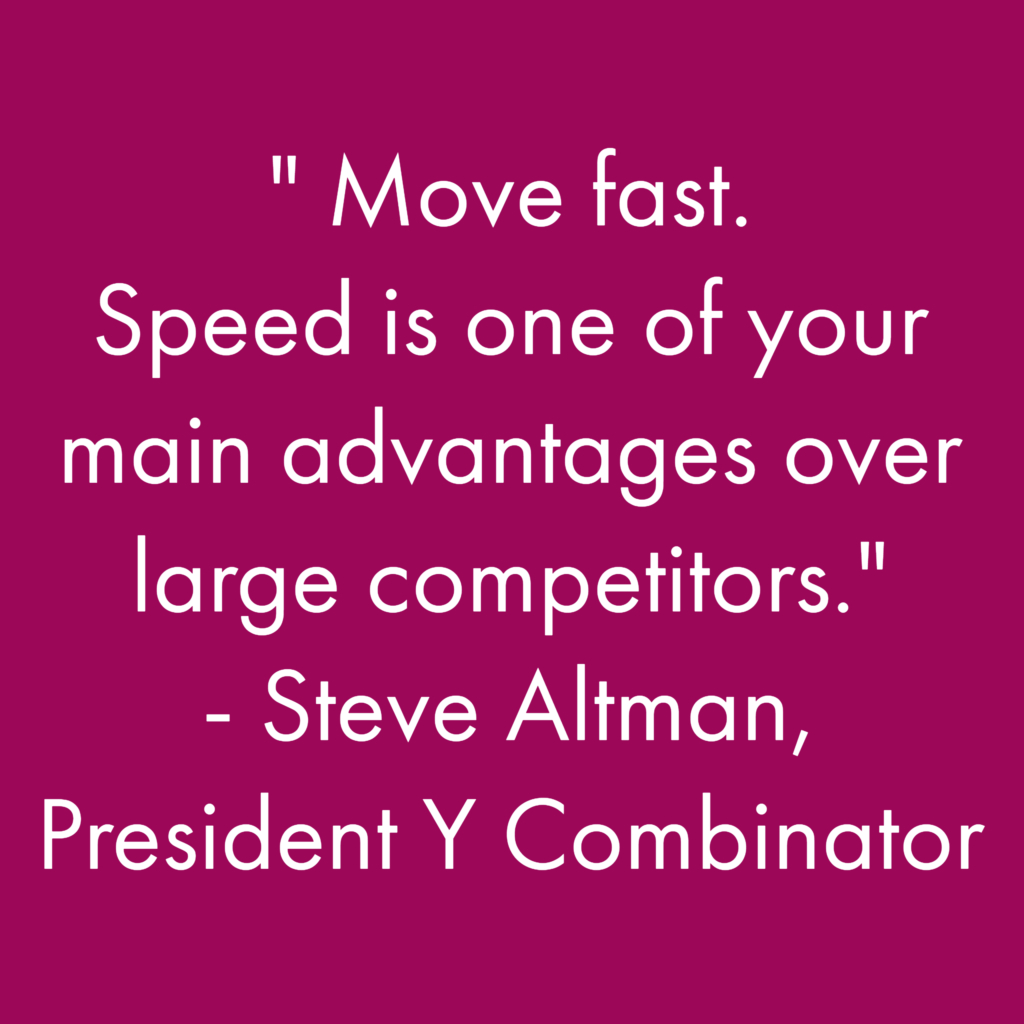 The rapid growth of access to high speed devices connected to high speed networks has resulted in people being able to consume a large amount of information from a wide variety of sources in a very short time period. This happens every day and every day it seems to happen faster and on a larger scale. It’s become more important than ever to respect your customers time and provide the least path of resistance wherever possible. In this article we’re going to identify some barriers to a successful website and how to tackle those barriers.
The rapid growth of access to high speed devices connected to high speed networks has resulted in people being able to consume a large amount of information from a wide variety of sources in a very short time period. This happens every day and every day it seems to happen faster and on a larger scale. It’s become more important than ever to respect your customers time and provide the least path of resistance wherever possible. In this article we’re going to identify some barriers to a successful website and how to tackle those barriers.
We expect speed
A website serves as the global public face of your company and many people consider speed to be an indicator of efficiency, trust and confidence. As part of their experience, visitors have come to expect your website to deliver great content very quickly.
- 47% of people expect your site to load in less than 2 seconds
- 40% will abandon it entirely if it takes longer than 3 seconds
- 85% expect a mobile site to load as fast or faster than on their desktop
Considerable effort goes into convincing people to visit your website to begin with and search engines play a big part in your success. Google uses page speed as one of the ranking indicators of a healthy site that will deliver a great customer experience. Given two identical websites, who wouldn’t prefer to view the fastest loading site?
Common Problems When Accessing a Website from a Mobile Phone
The prevalence of smart phones combined with easier access to reliable high-speed internet connections has led to people consuming more information in less time. This has also led to people becoming more mobile and consequently, more reliant on their mobile phones. Be sure to test your website without a Wi-Fi connection to simulate more of a real-world situation. Some statistics from Kissmetrics that can highlight areas to watch for include:
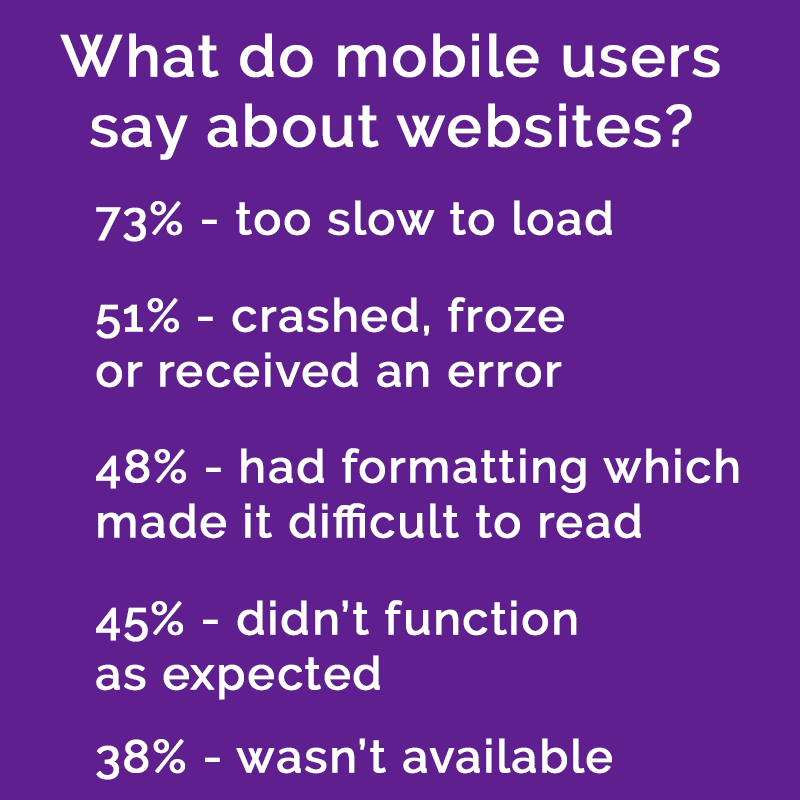
Why should I care?
If you don’t keep score, how do you know if you’re winning? Keeping score with regards to website success includes measuring at least monthly:
- The number of visitors to your site
- How long they stayed on a page and on your site
- How many pages they visited
When a someone views a page, then leaves your site, it’s known as a bounce and is tracked as Bounce Rate percentage. For an informational site, an overall bounce rate of 30%-40% is considered acceptable, although our goal is always to reduce this number. According to Google’s latest research, pages that take up to 3 seconds to load experience a 32% bounce rate; however, pages that take up to 5 seconds to load may result in bounce rates as high as 90%! Ask yourself how likely you are to revisit a page that takes several seconds to load.
Another website metric to consider is New vs. Returning visitors. Everyone wants to bring in new lead, but a high rate of returning visitors is a good indicator of brand loyalty earned by providing a great user experience. Combine a fast loading site with engaging content and your site visitors are often pleased. Loyal website visitors can be an asset by sharing the content and inviting their associates to explore this gold mine with them.
In addition to the number of visitors and bounce rate, it’s important to keep your eye on Session Duration and secondary page views. Session Duration is a measure of how much time people spent on your site. The more time someone spends on your website, the less likely they are to visit a competitor’s website, so we want to increase this number. Fast loading pages will increase the amount of time people spend on the site since a positive experience can influence them to visit other pages.
Okay, how do we make my site load faster?
The first step is to find out how well the site is doing and identify areas for improvement. No-cost online tools such as GTMetrix.com will evaluate your site and identify specific issues that need to be addressed as well. Once you’ve addressed the suggestions from the website analysis tools, it’s time to move on to the suggestions that follow.
A picture may be worth a thousand words, but if it takes too long to display very few people will ever see it and they also won’t see the rest of the content. Remember that he who crosses the finish line first is the winner. Make sure the photos and graphics are sized only as large as needed. Most website software will allow you to upload photos of any size and resize them on the page. The problem is that large photos also take a long time to load. Resize the photos prior to uploading using Photoshop or a free online tool such as Responsive Image Breakpoints Generator. Once you have resized the photo, go one step further and reduce the file size using Compressor.io.
Web hosting is another area where significant improvements can be gained with little increase in cost. Most website hosting providers tend to be of the one-size fits all variety to reach the widest possible market, which leads to them trying to please too wide of a customer base. In most cases, trying to please everyone leads to mediocre results or flat out failure. If your website is built on WordPress, then it’s time to work with a hosting expert such as WP Engine whose system was built from the ground up to provide the fastest, most reliable WordPress hosting possible. In our own tests, we’ve seen reductions in GTMetrix page load times of several seconds simply by switching from a generic web host to WP Engine.
A very effective approach to speeding up your website is to use a Content Delivery Network (CDN). The purpose of a CDN is to host and serve up static files such as images, code files and website plugins since these files are likely not to change very often. CDNs are specialized servers provided by specialized hosts that are distributed globally in many cases. This distributed and specialized setup enables the CDN to provide the fast access to static resources. Some web hosts provide CDN access as an optional service, while others leave it up to you to find your own CDN service. Setting and maintaining CDN connections can be quite time-consuming and may require some advanced technical knowledge, which is why Tell Your Tale recommends using a CDN that is already integrated with your web host. A web host-integrated CDN in most cases simply requires you to check a box to enable the CDN and you’ll likely get the most out of it since they have already taken care of configuring the CDN connection for peak performance.
One way to influence the perception of how quickly your website loads is to give visitors relevant content as quickly as possible. How a page loads has a dramatic impact on perception of page load time. Avoid anything “above the fold” that is slow to load. Additionally, make sure nothing that loads further down the page affects the scrolling action or viewport position. We’ve seen some sites that will start to display the website, then some other element further down the page loads and causes the page to scroll up or down, which can be very frustrating to someone viewing your web page.
Summary
We’ve covered a lot of ground and if you’ve followed the recommendations above, your site should be running much quicker. Once you’ve completed optimizing your site it’s time to run it by GTMetrix again to compare the before and after results. If you create a free account they’ll store each of your tests and results, making it easier to compare when changes are made. Being able to look at the performance historically you can also spot problems if your site slows down. For optimization tips specific to WordPress download “5 WordPress Optimization Tips” to get you well on your way to running a great website.


